Fresh images of the all-electric Volkswagen ID hatch, showing the car in a bold camouflage livery, have leaked online a day before reservations for the new machine open.
The images, which come from a leaked video and were captured by Elektrowoz, give one of the clearest looks yet at the production version of Volkswagen’s first ID machine built on its new MEB electric architecture.
They show that the ID hatch – which is tipped to be called the ID 3 when it goes into production – features lights similar to that seen on the Volkswagen Golf, but with a more rounded and shorter bonnet due to the car’s electric powertrain.
Read our first drive of the Volkswagen ID3 here
Volkswagen has also launched a website hub for the ID range, ahead of opening registrations for the car during an event tomorrow (8 May).
The MEB architecture can house a range of battery sizes, and it is understood the ID hatch will be offered with several choices, offering differing levels of range. According to the leaked information, it will be offered in a special Launch Edition with a maximum range of 341 miles. The entry level version will feature a 205-mile range, with other variants between those two.
The ID hatch is expected to be officially launched at the Frankfurt motor show later this year.
This machine has previously been spotted testing on numerous occasions sporting a more traditional black and white camouflage disguise. More recently, unofficial images showed engineers testing it in the Arctic Circle.
The first model from Volkswagen designed and purpose-built as an electric vehicle (EV), the Volkswagen Golf-sized ID will remain largely faithful to the 2016 concept, as the new images show.
The director of Volkswagen Design, Klaus Bischoff, previously told Autocar: “The proportions, the design cues and the wheel size are the same as the concept. It looks like the show car. We couldn’t do the camera-system rear-view mirrors for legal reasons, nor the electric door handles due to cost. But other than that, it’s pretty much the same.”
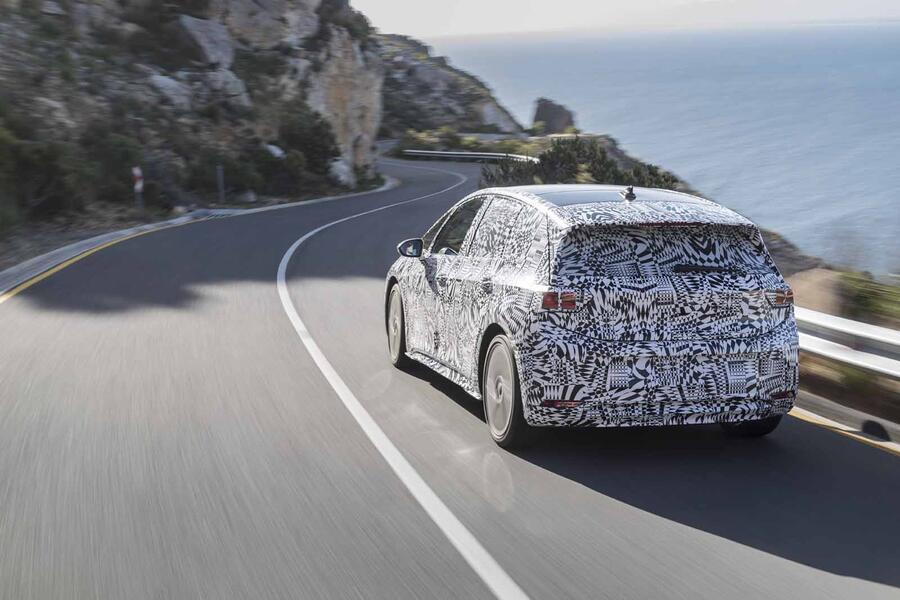


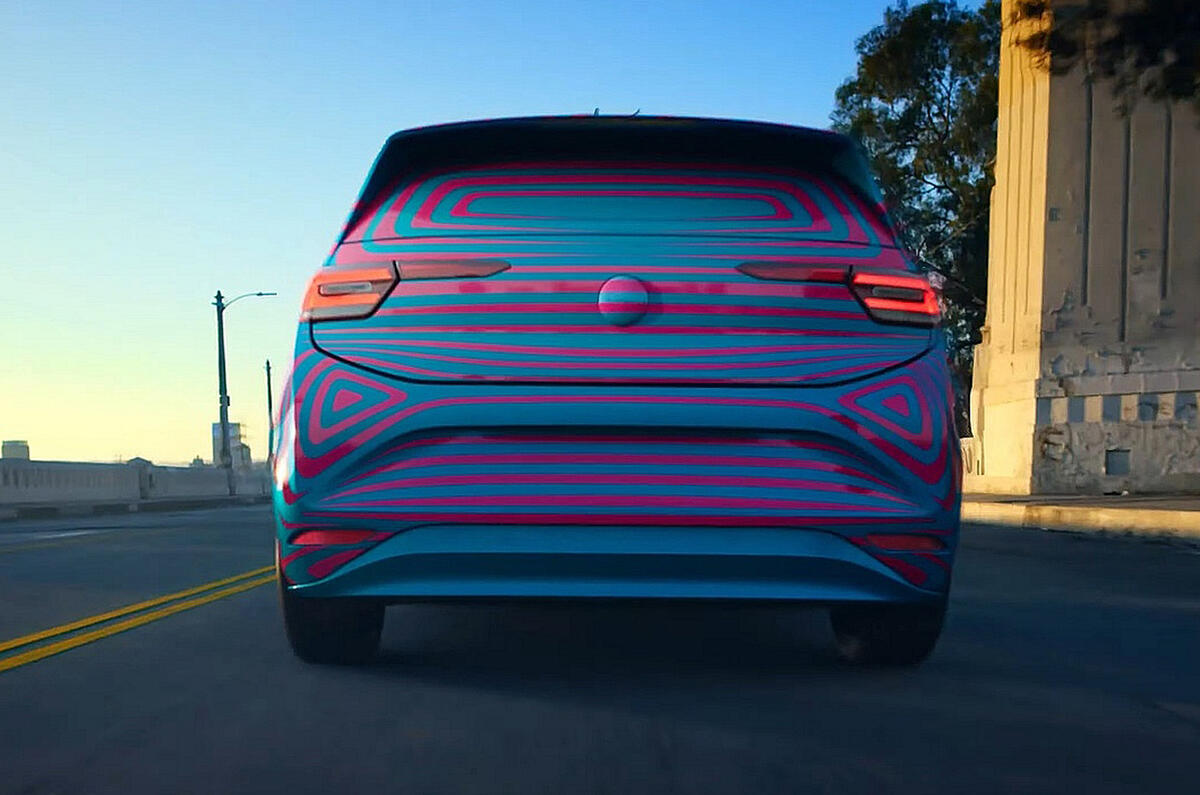

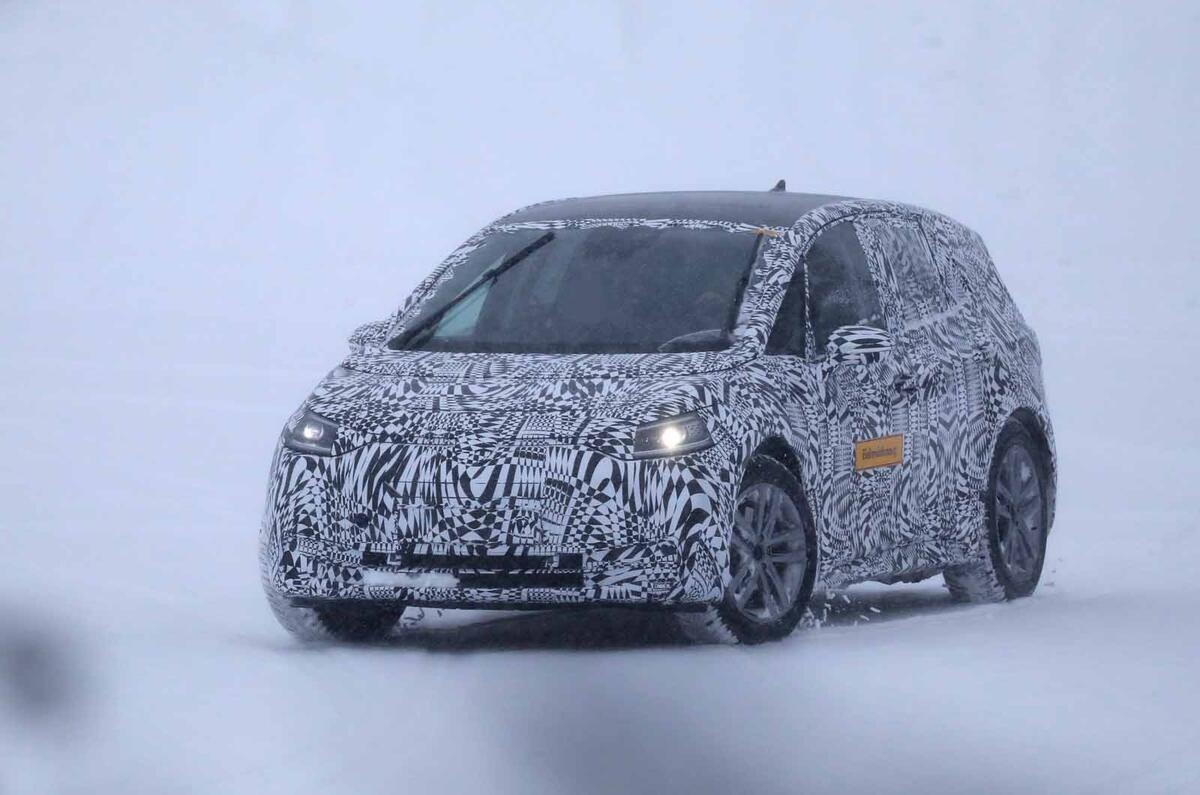
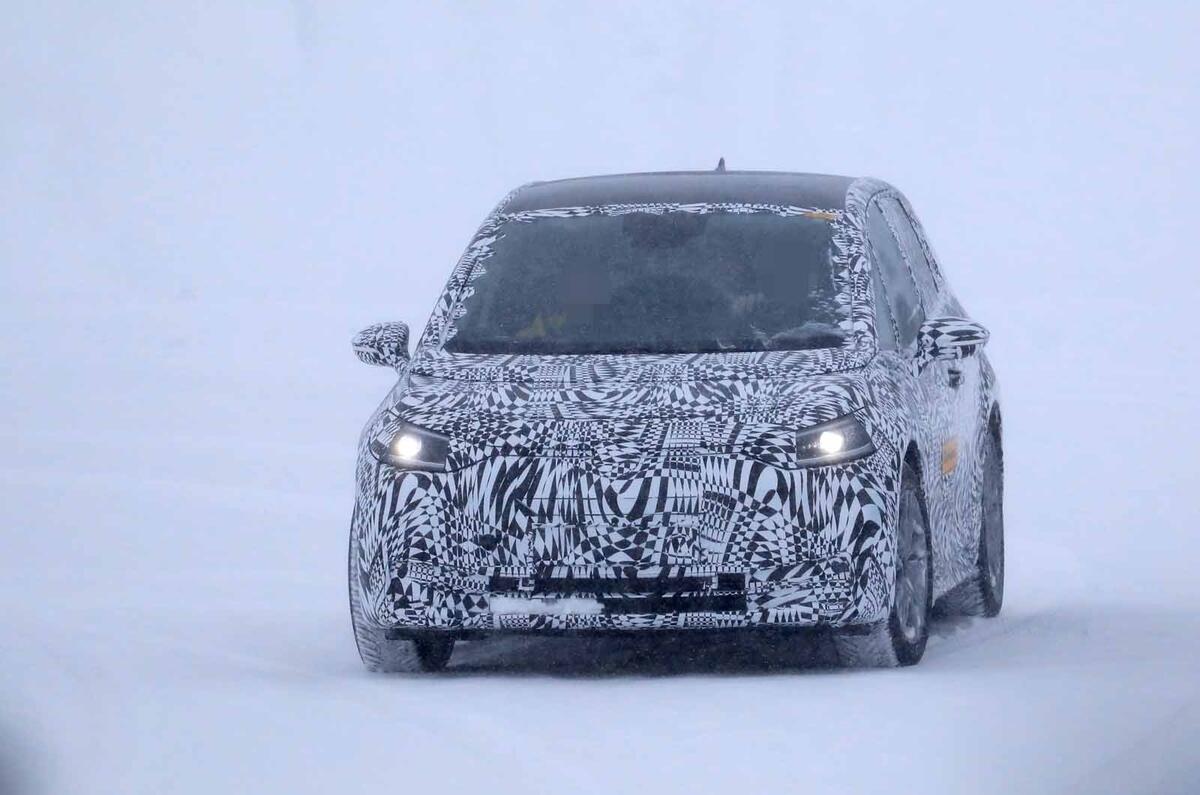
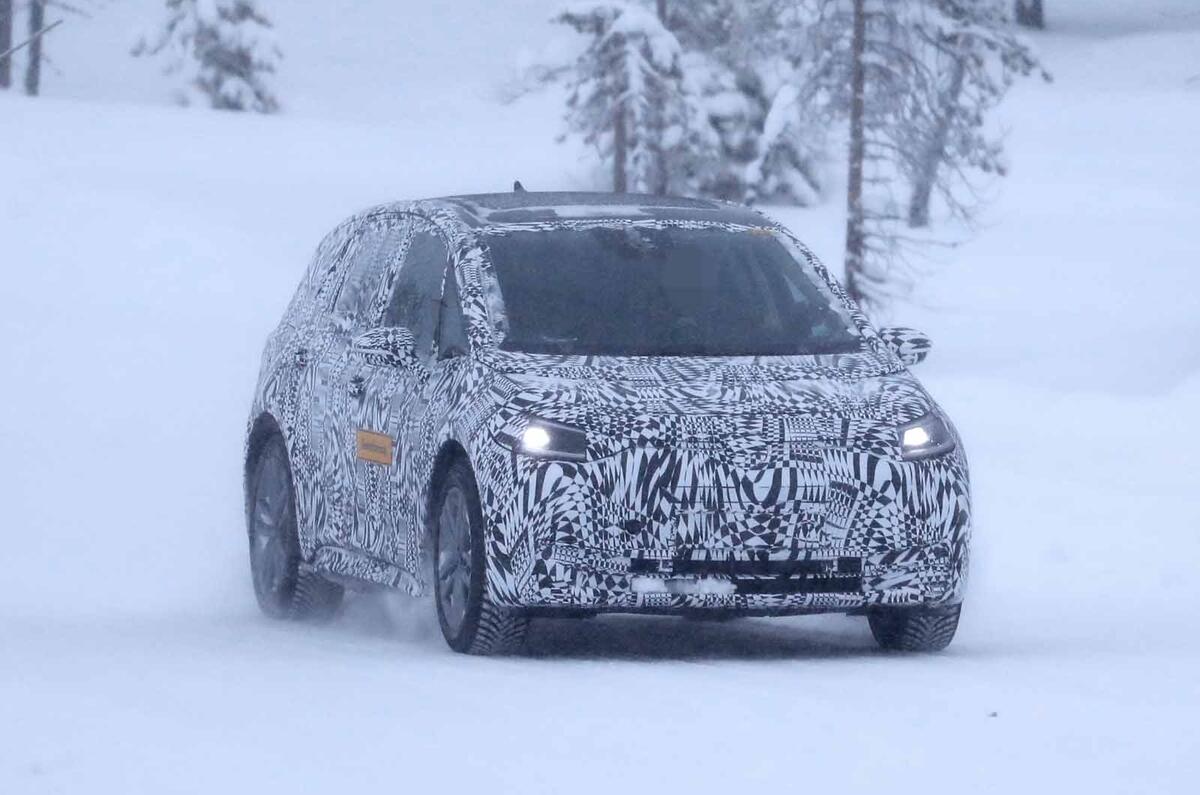
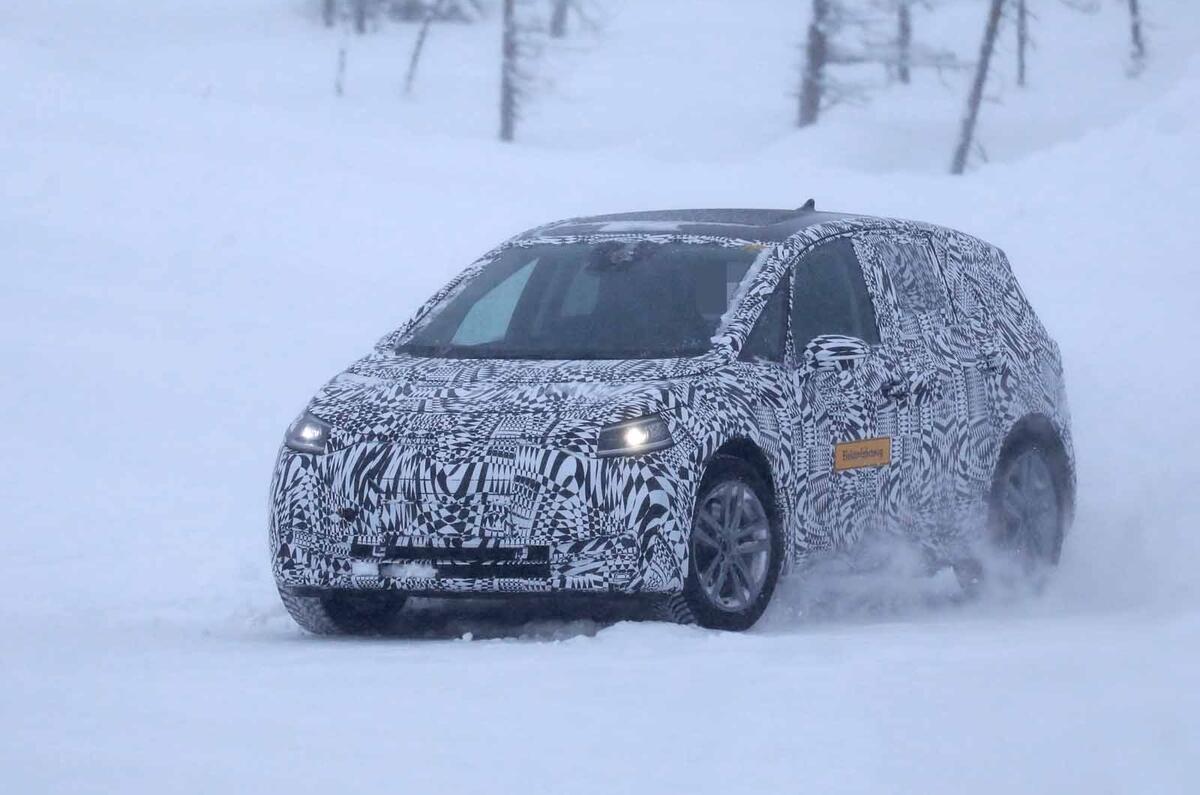
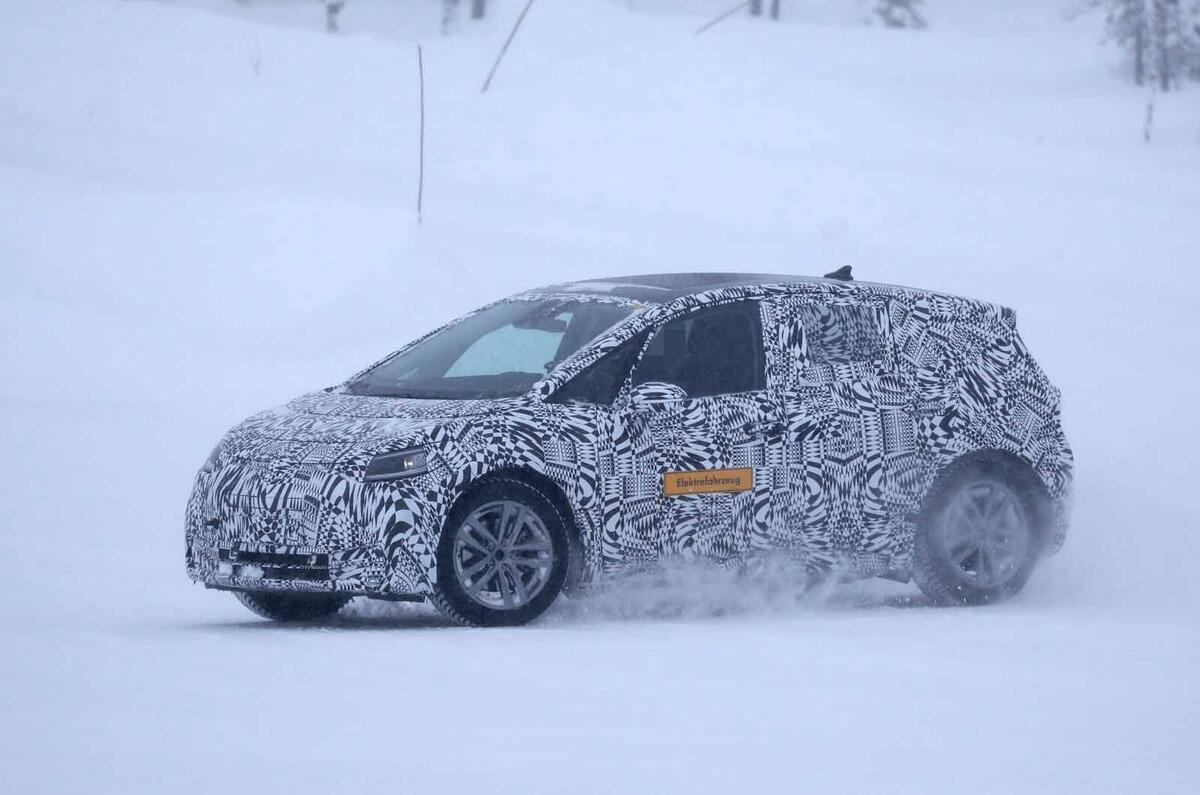
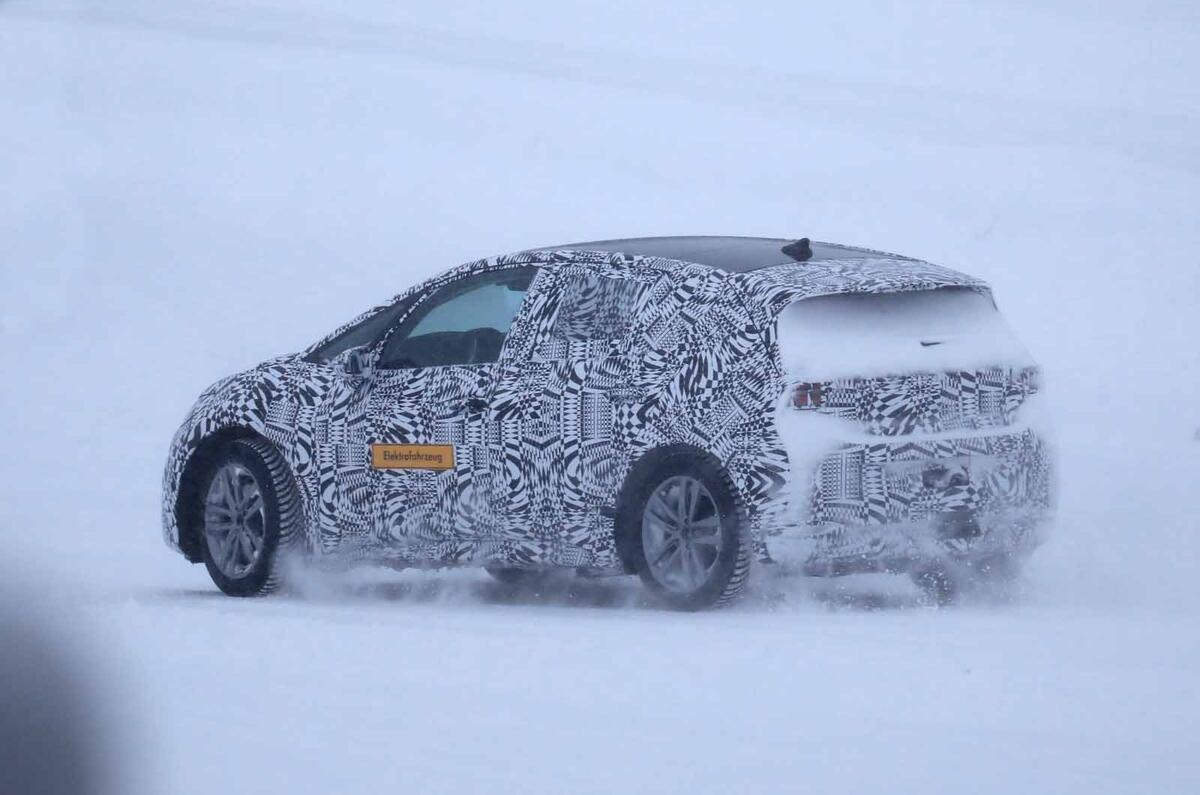


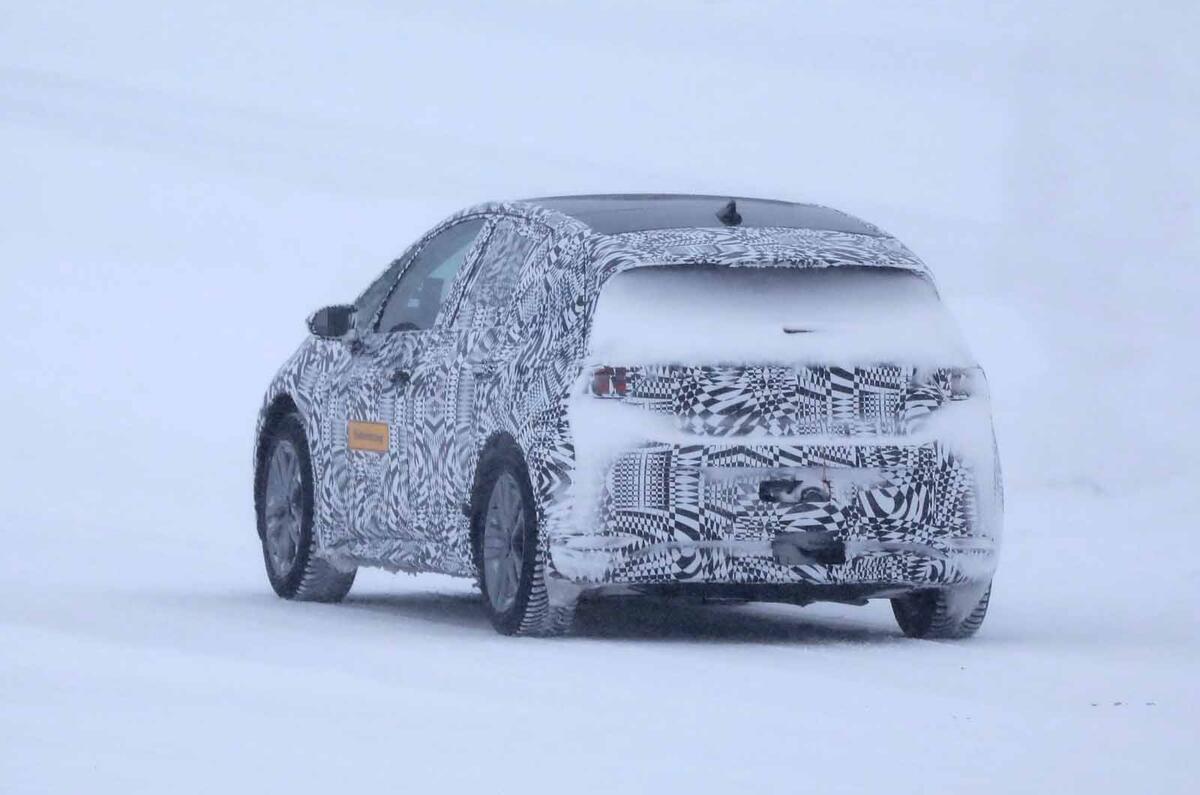
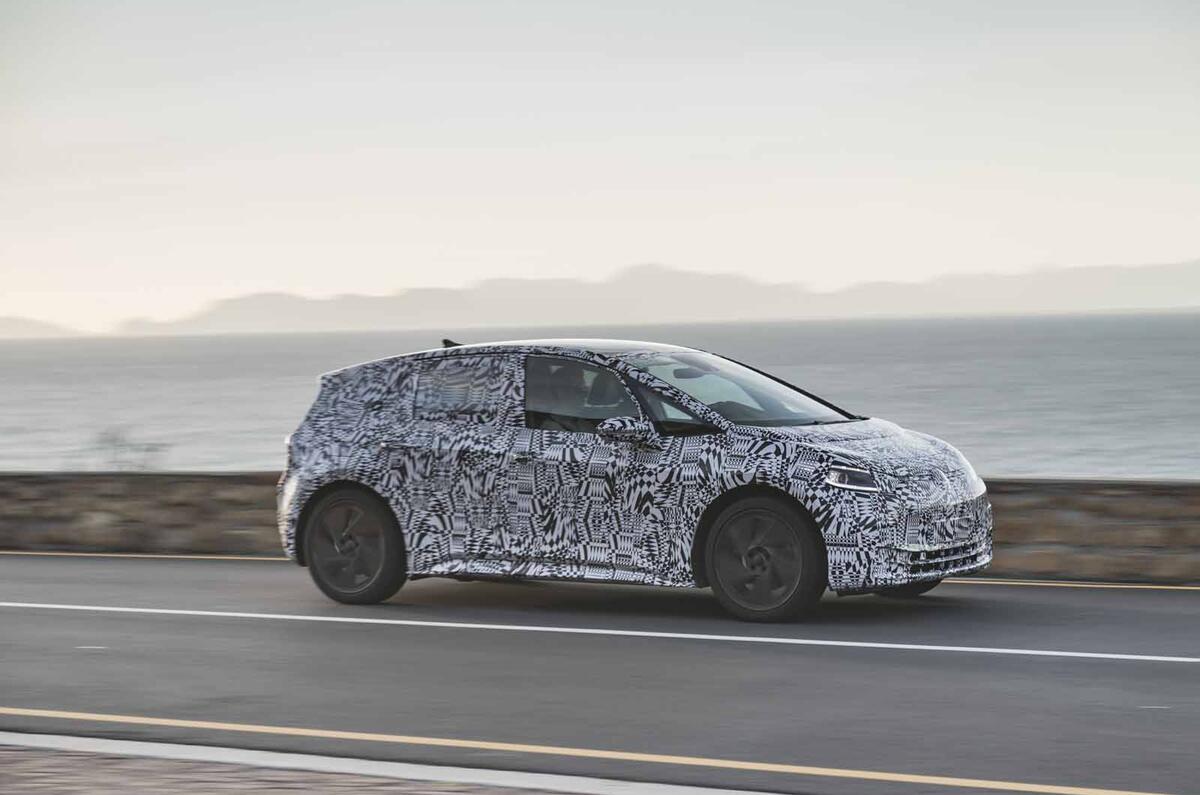
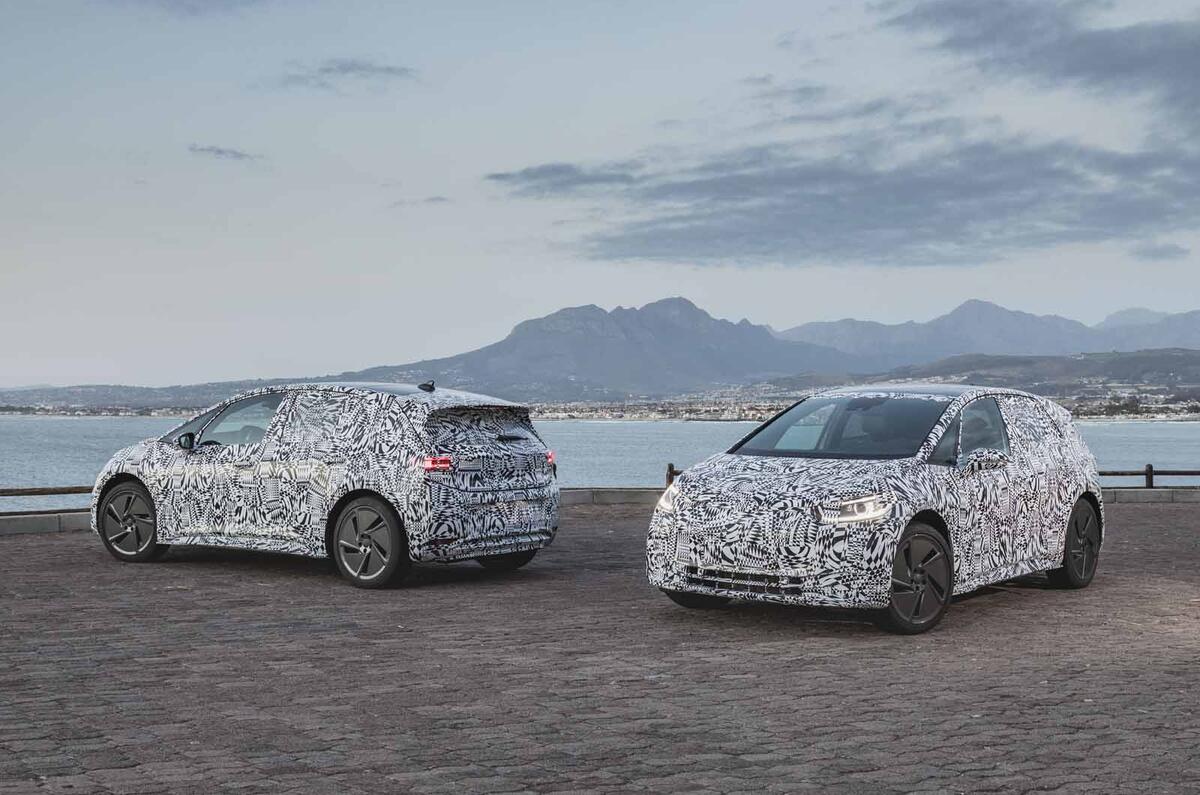



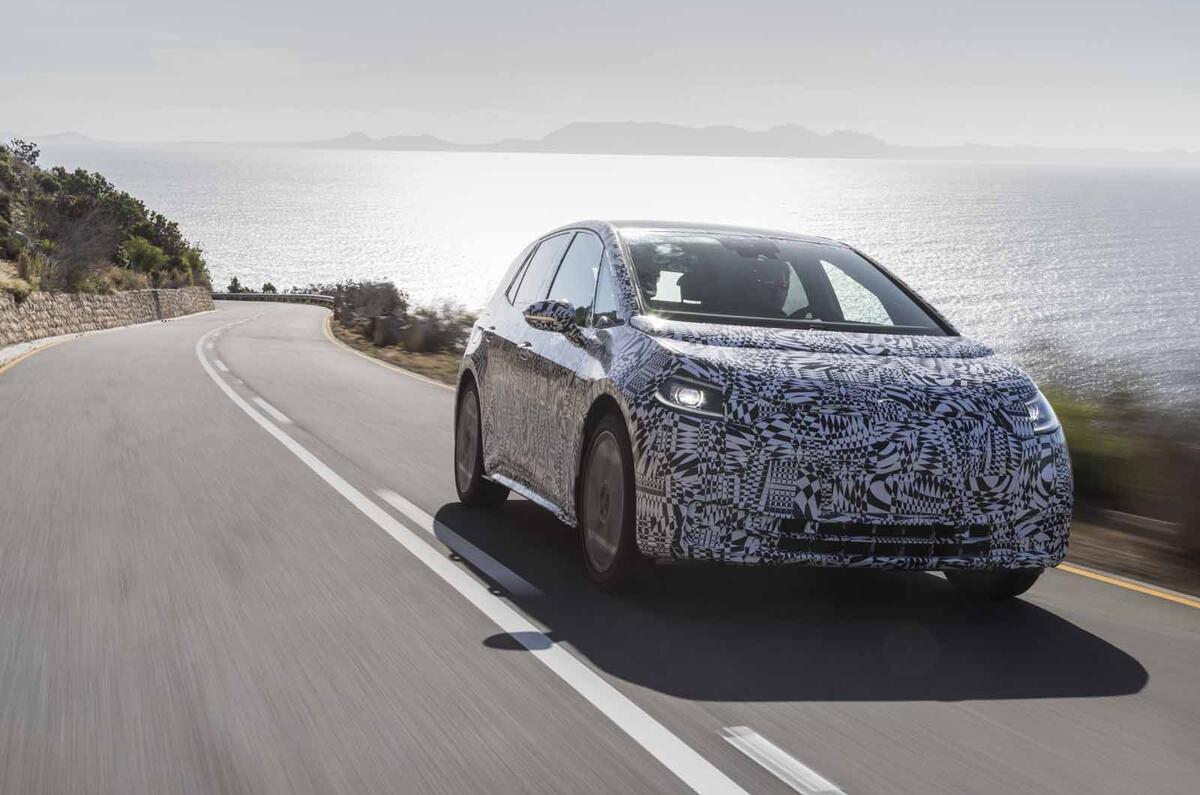
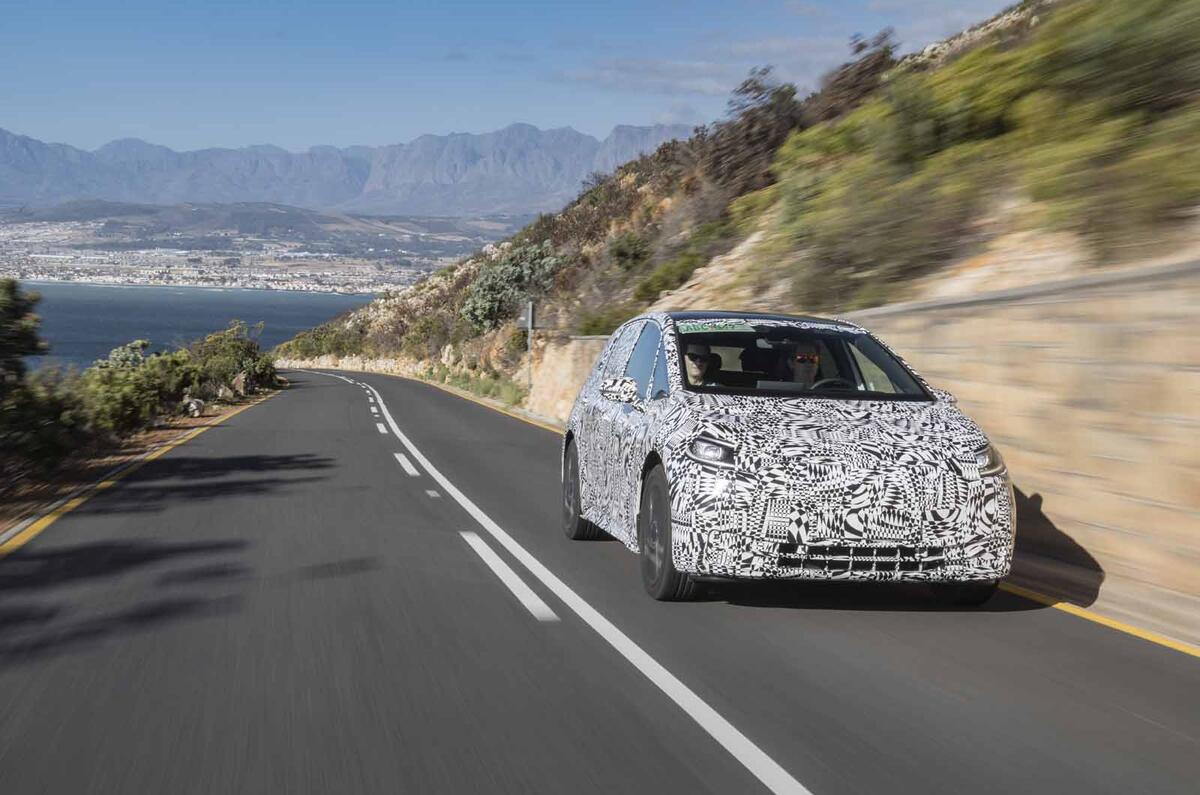
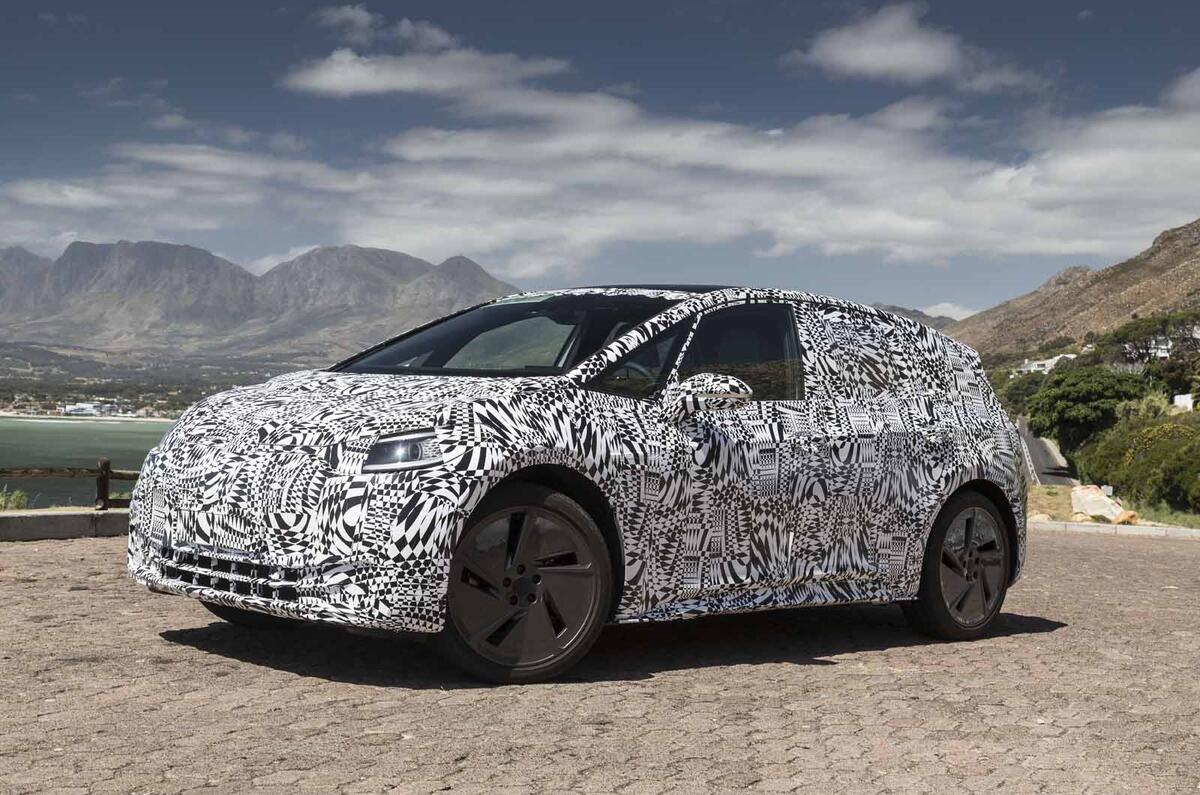
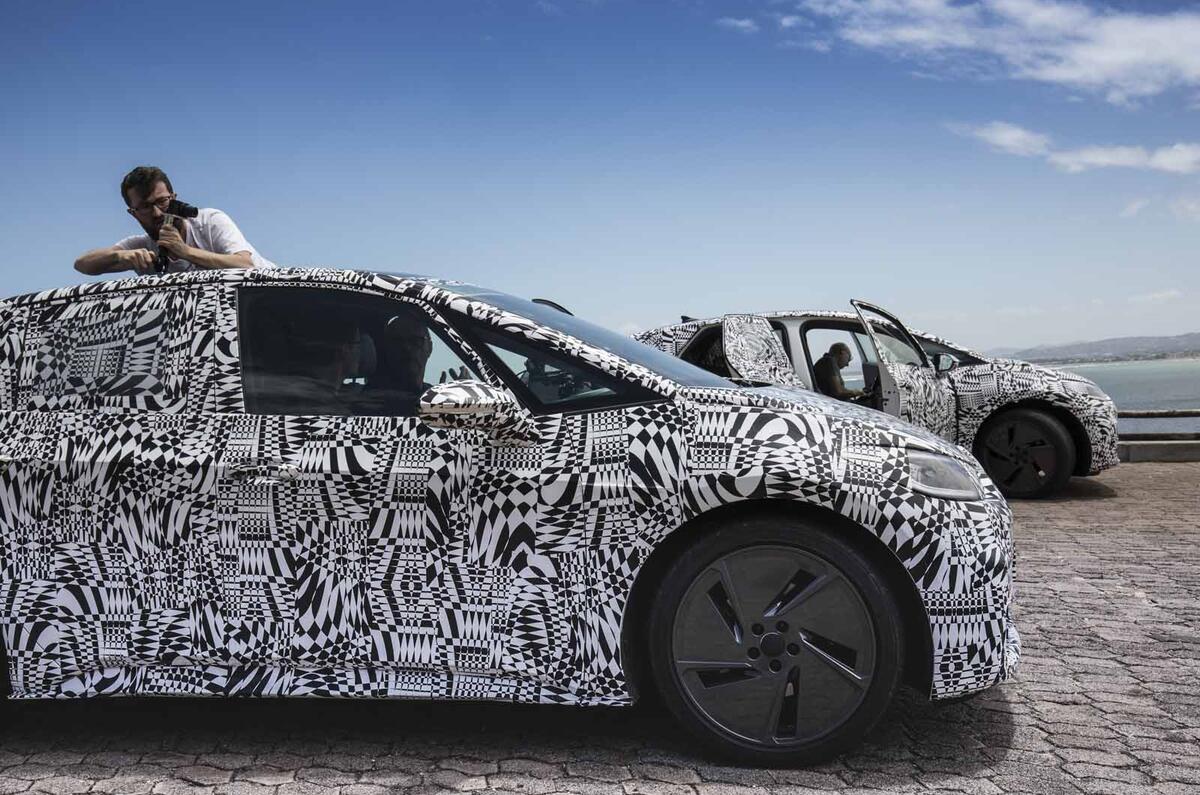
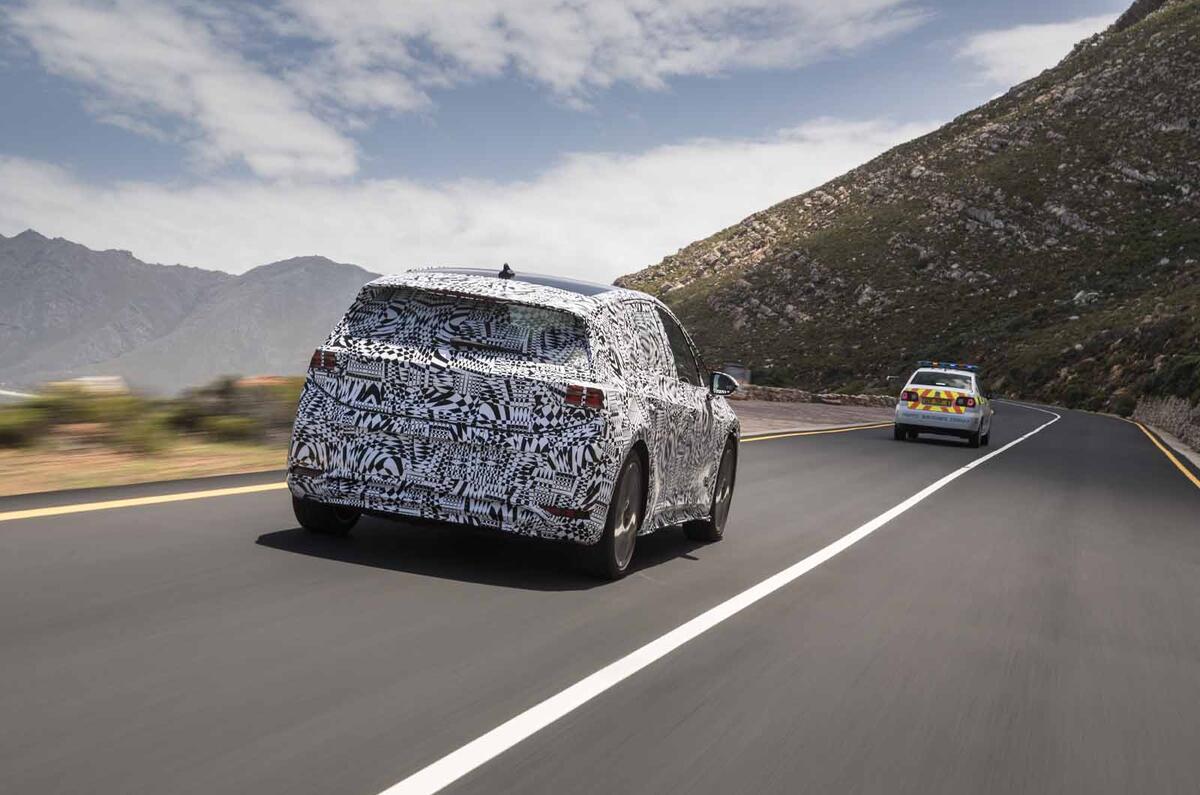
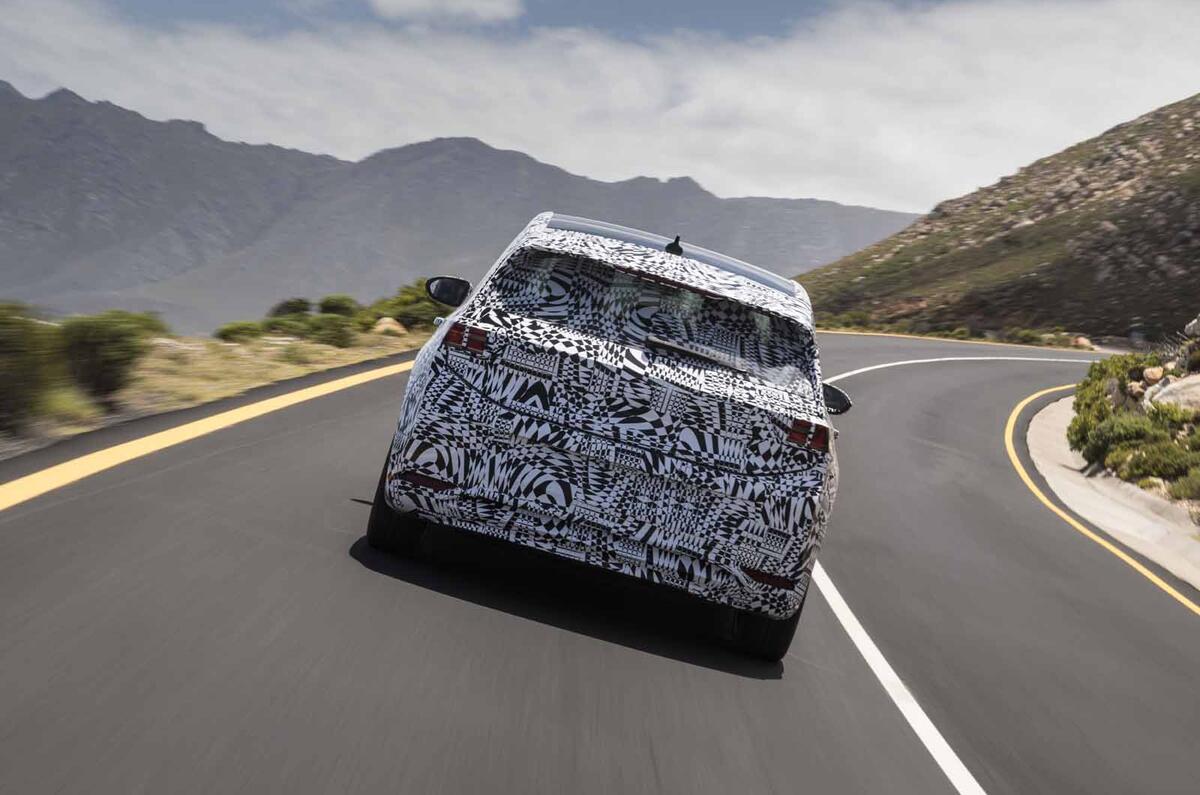
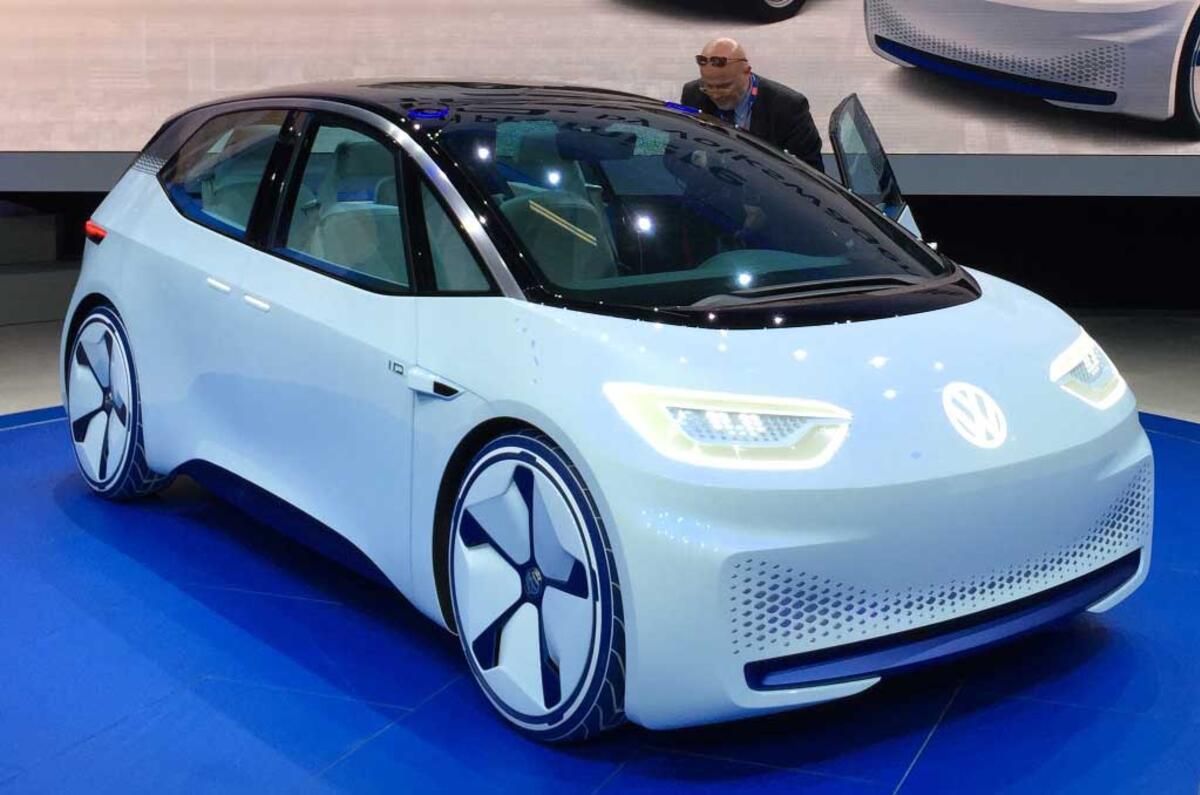

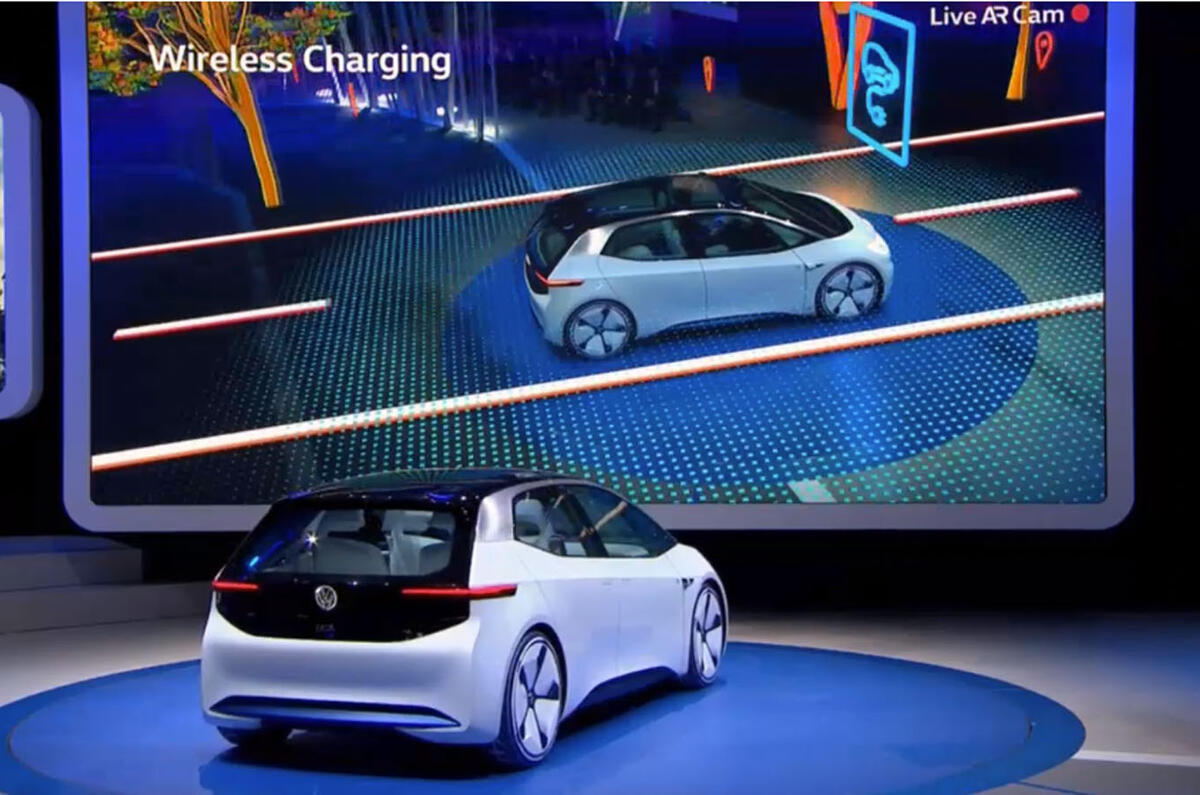
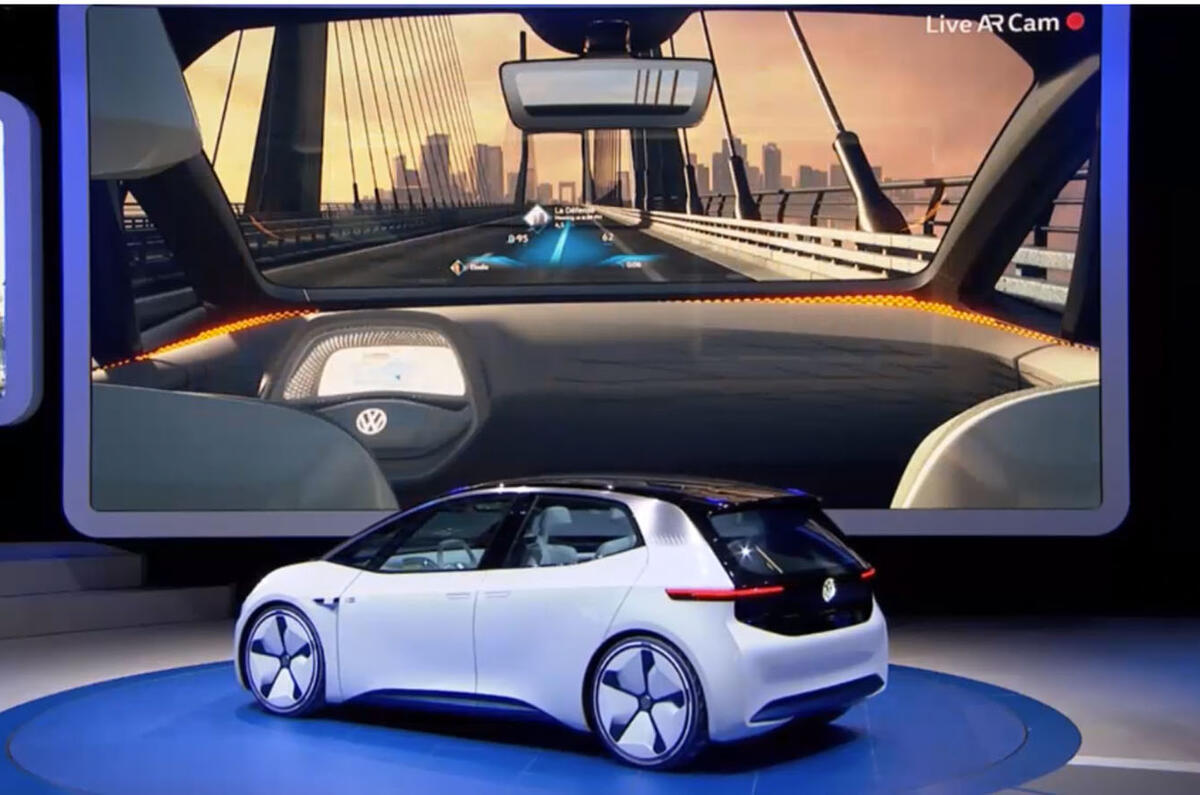

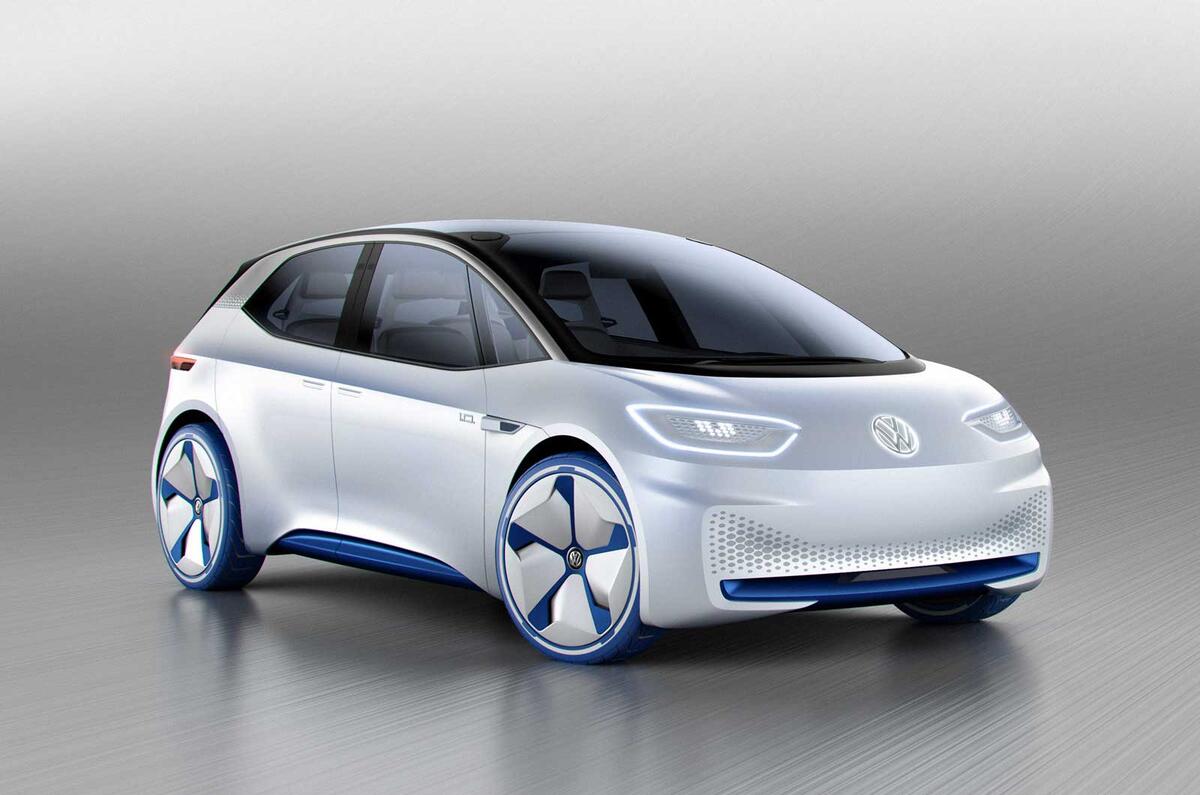
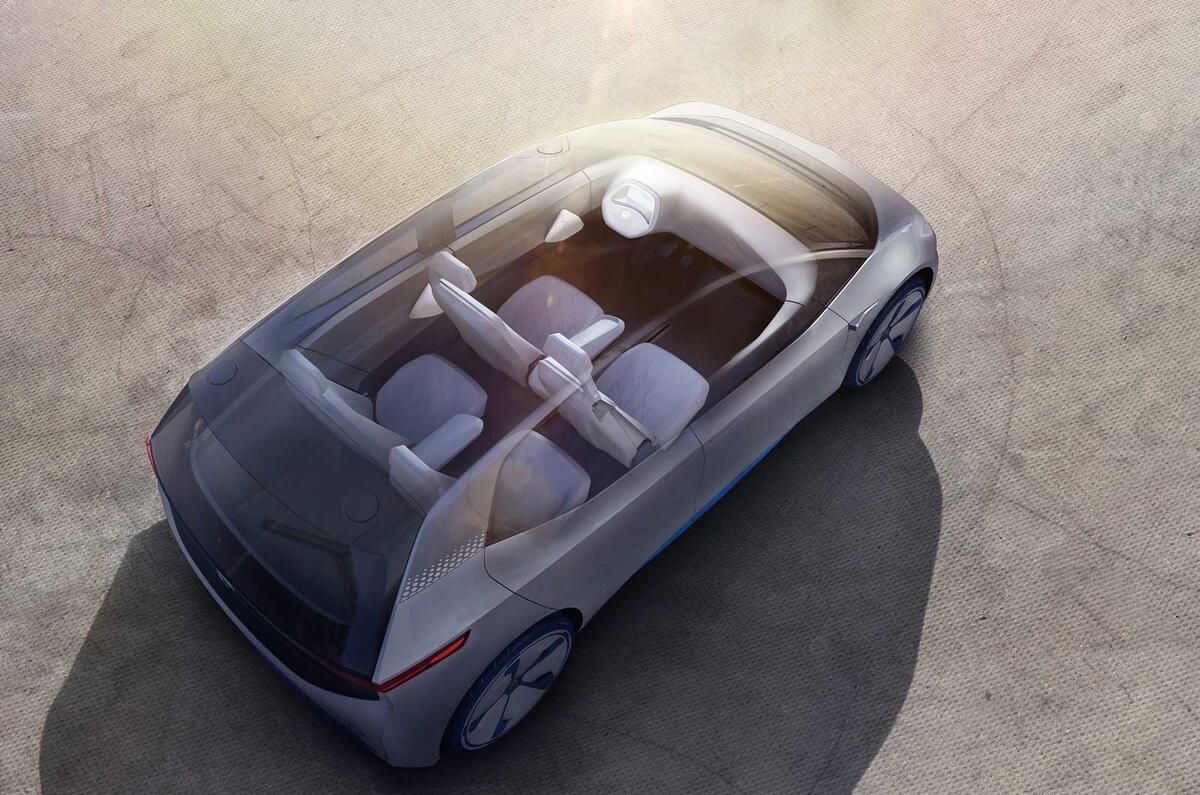
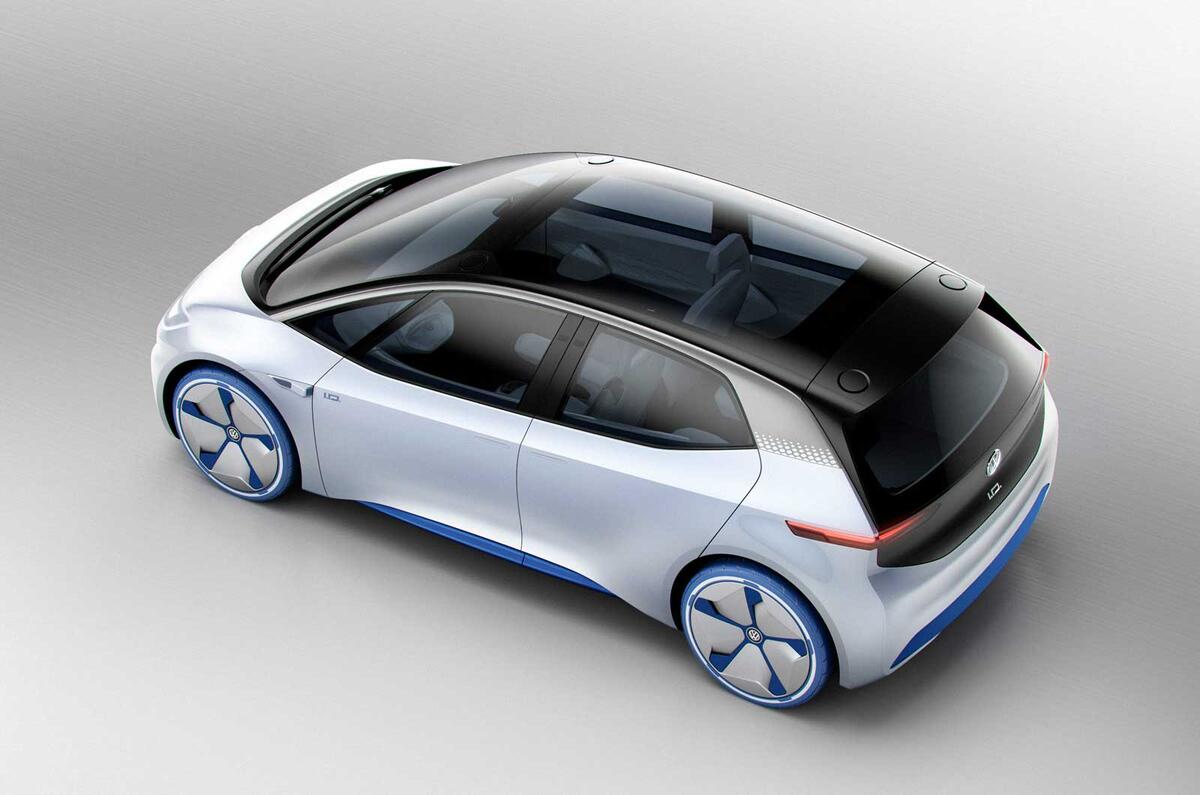
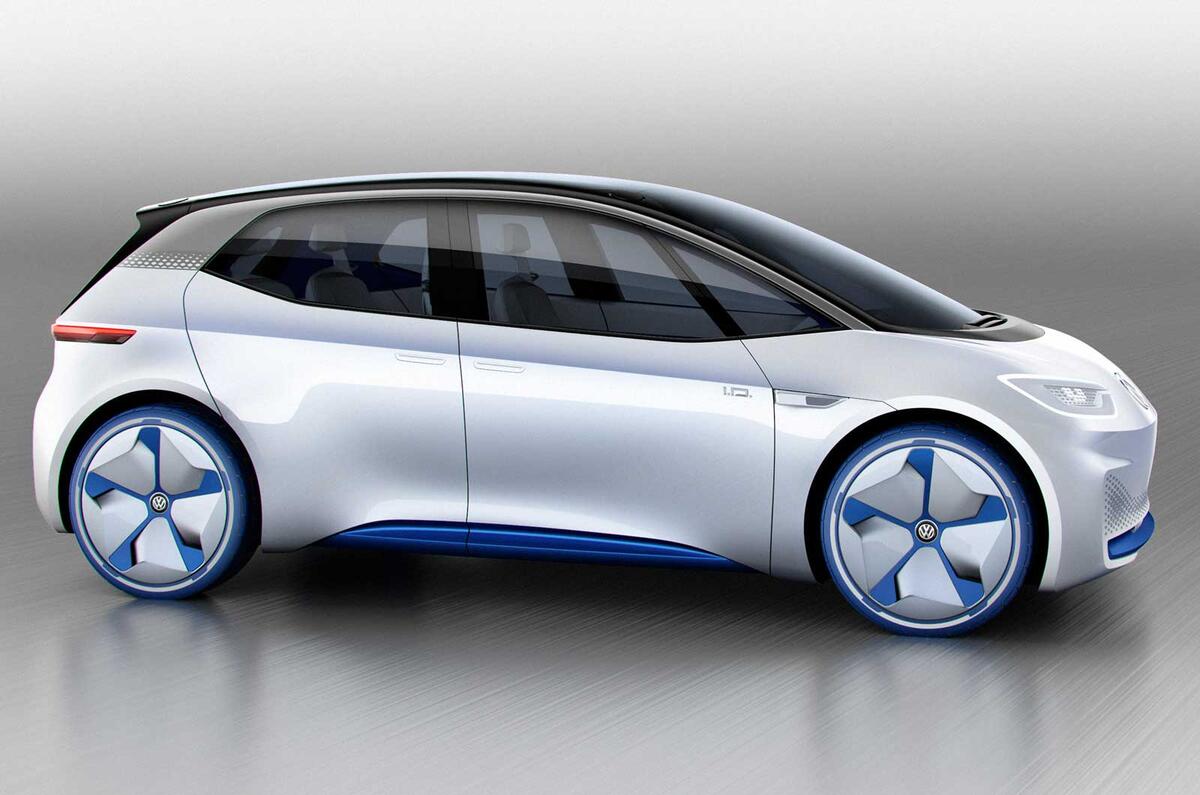
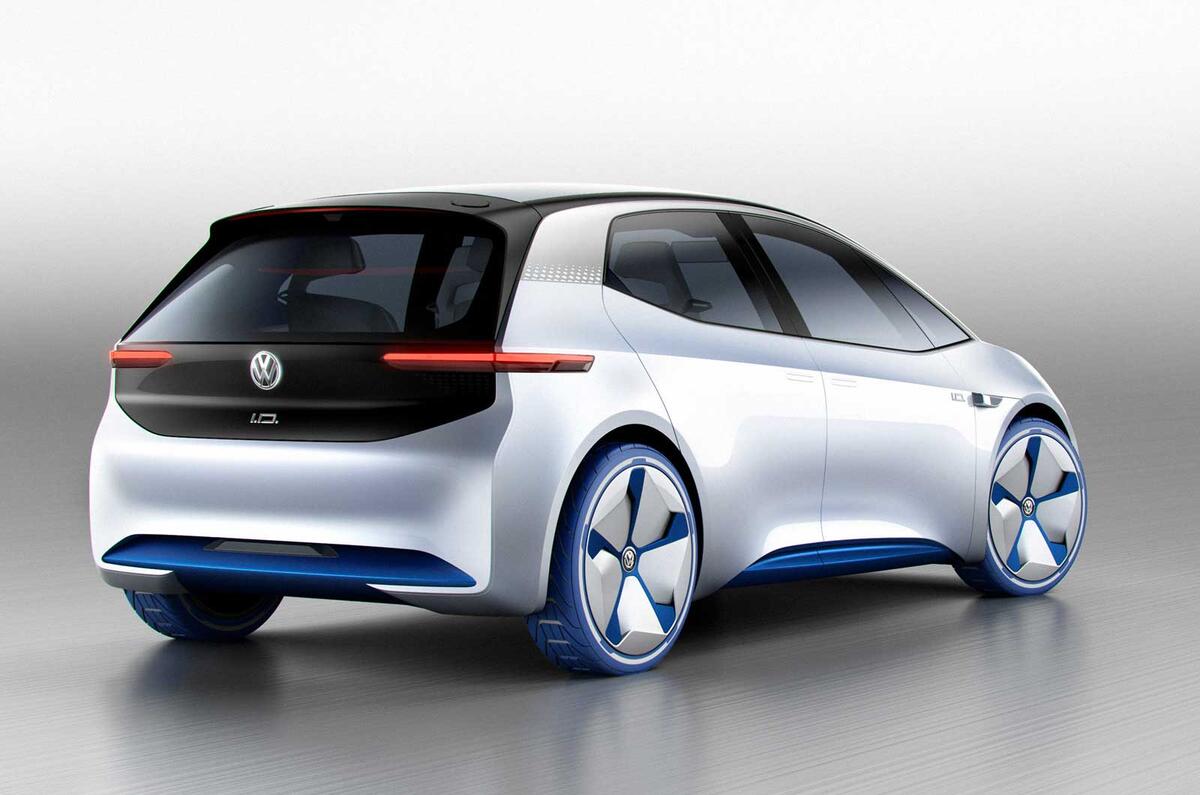
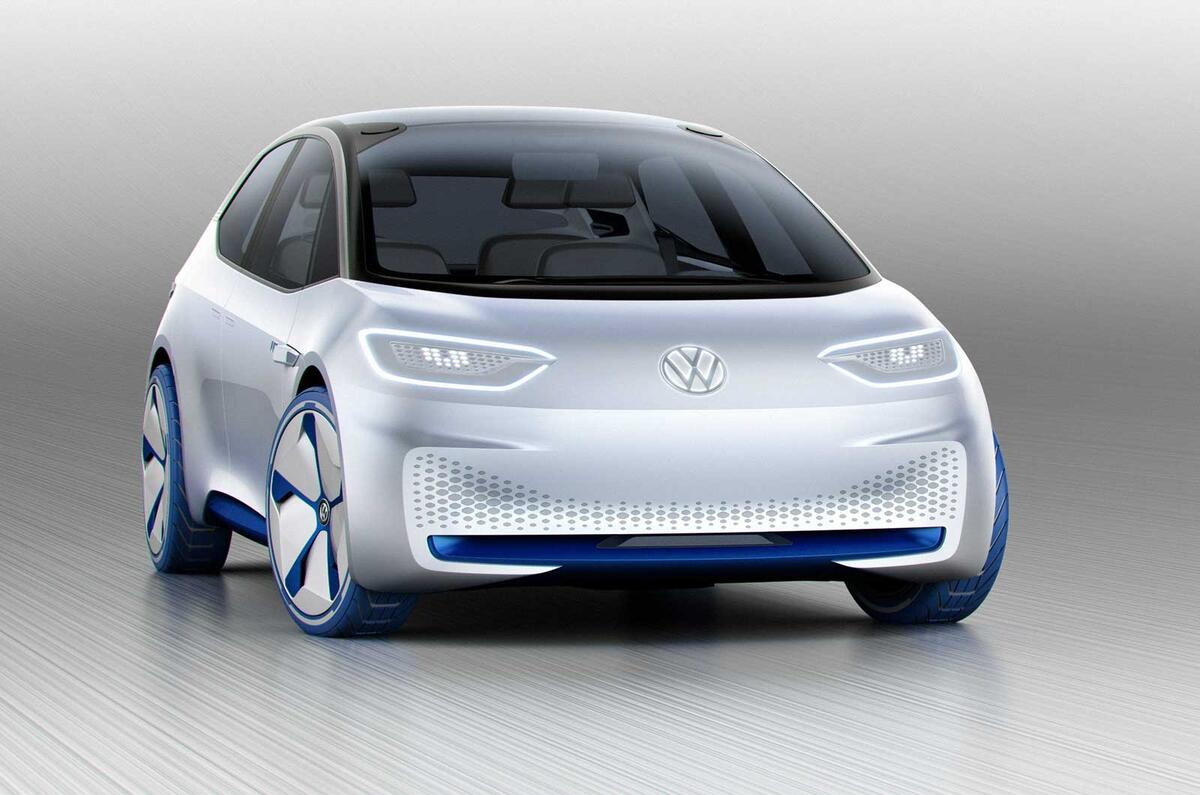
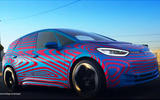

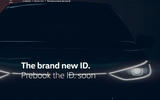

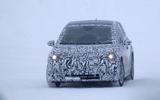
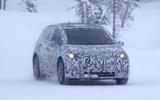
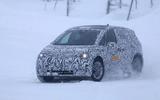
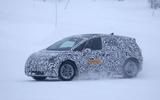
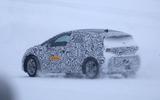
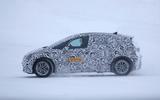
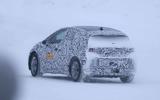
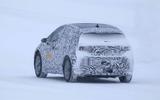
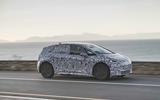
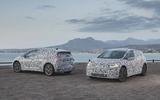
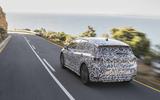
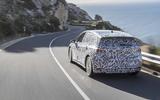
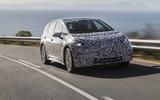
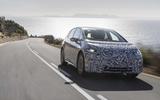
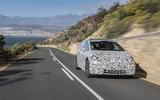
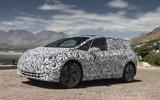
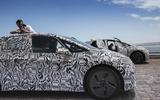
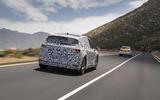
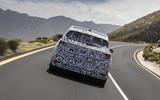

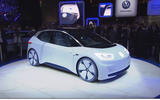
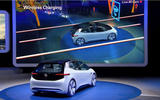
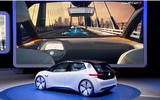
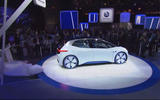
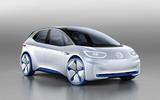
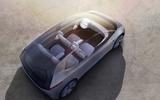
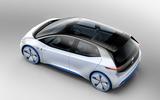
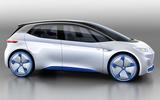
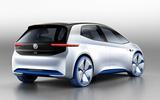



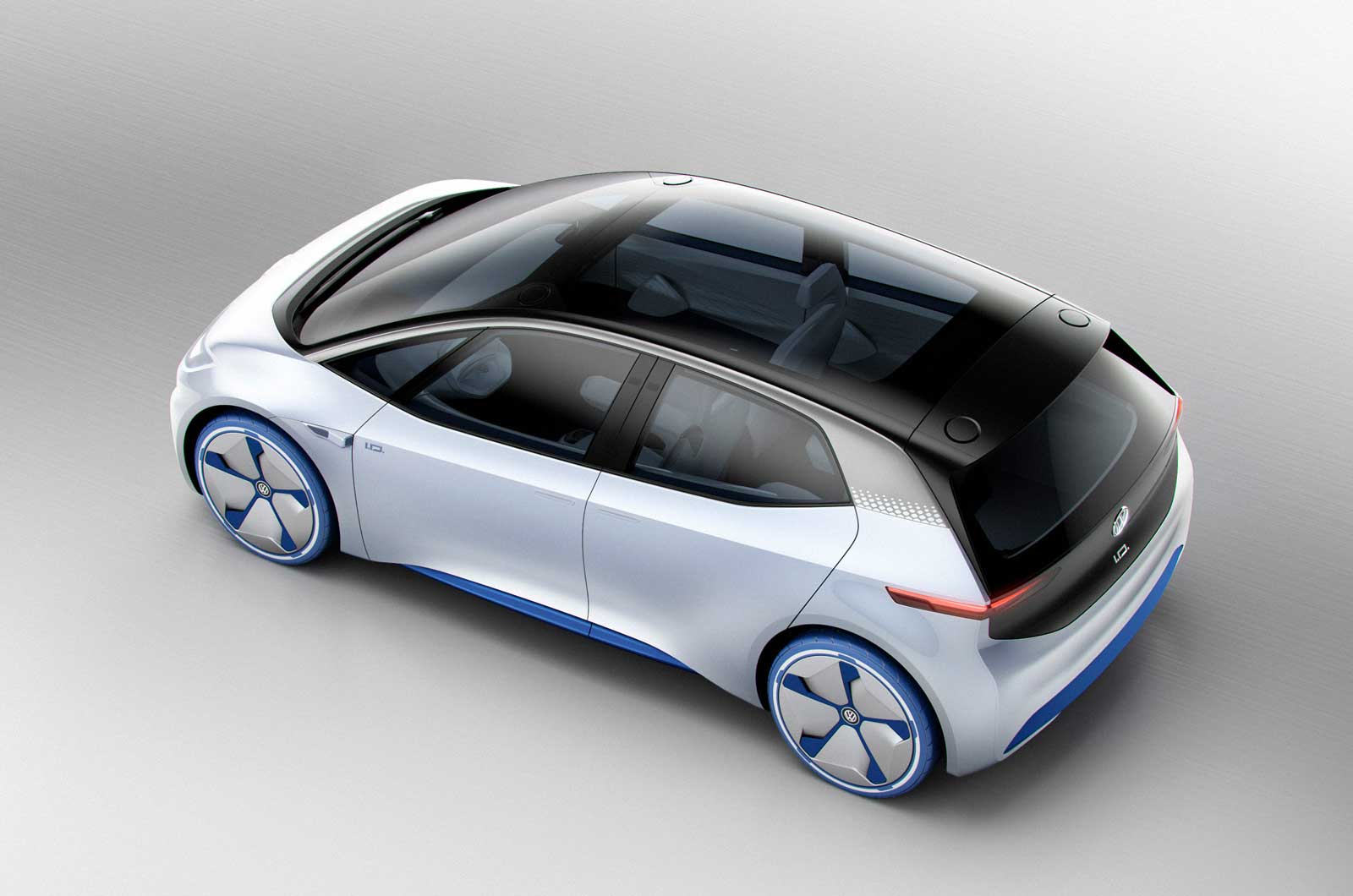
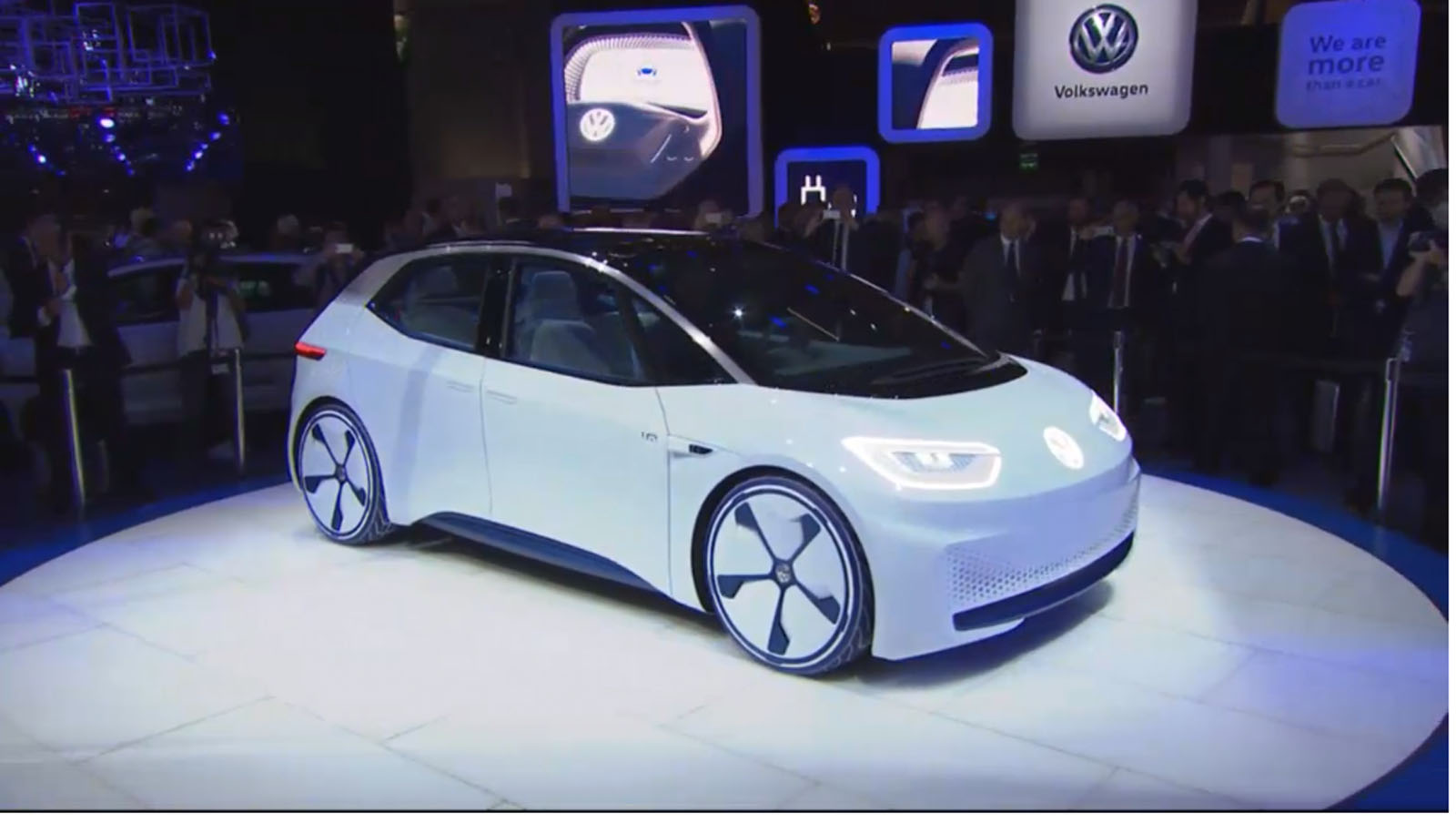
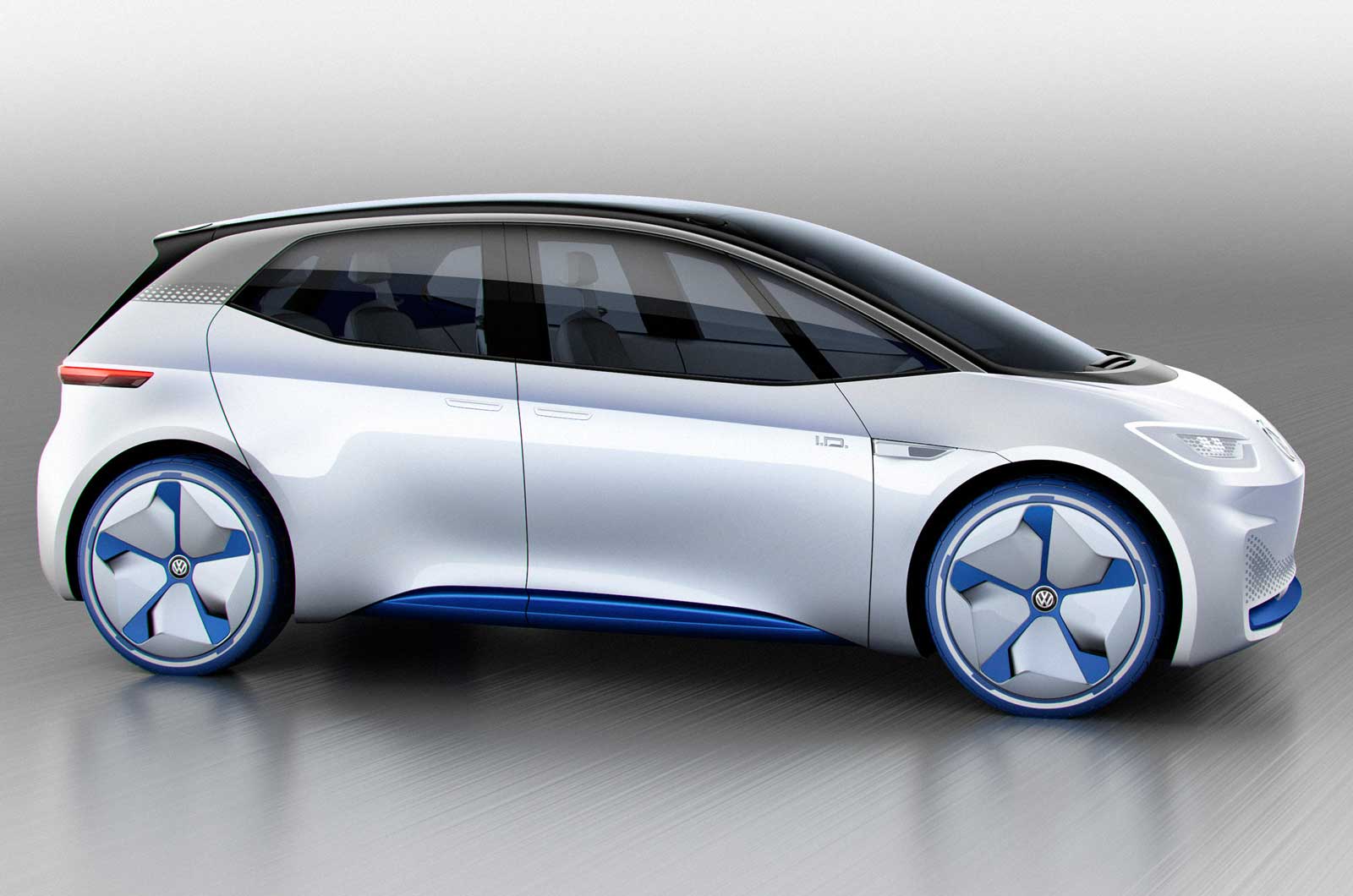
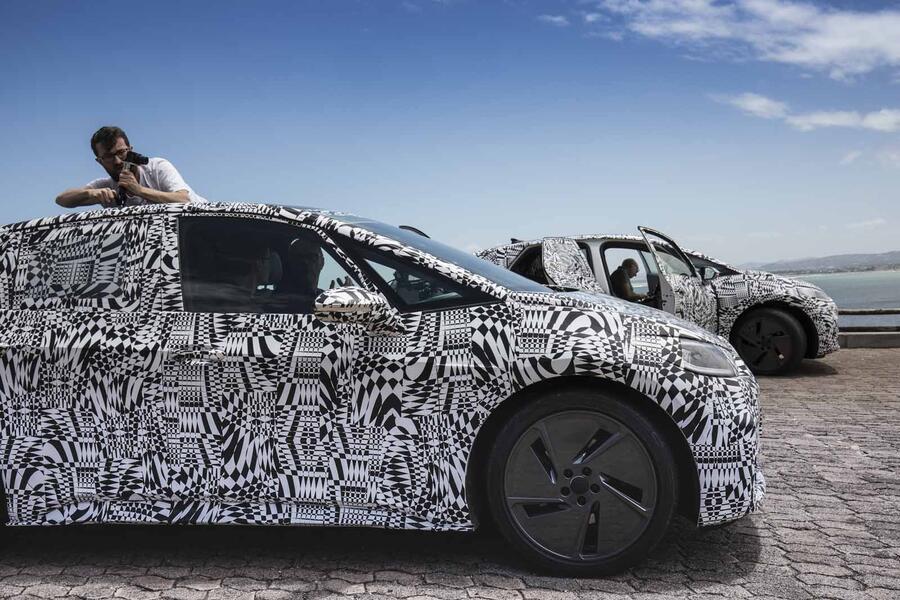
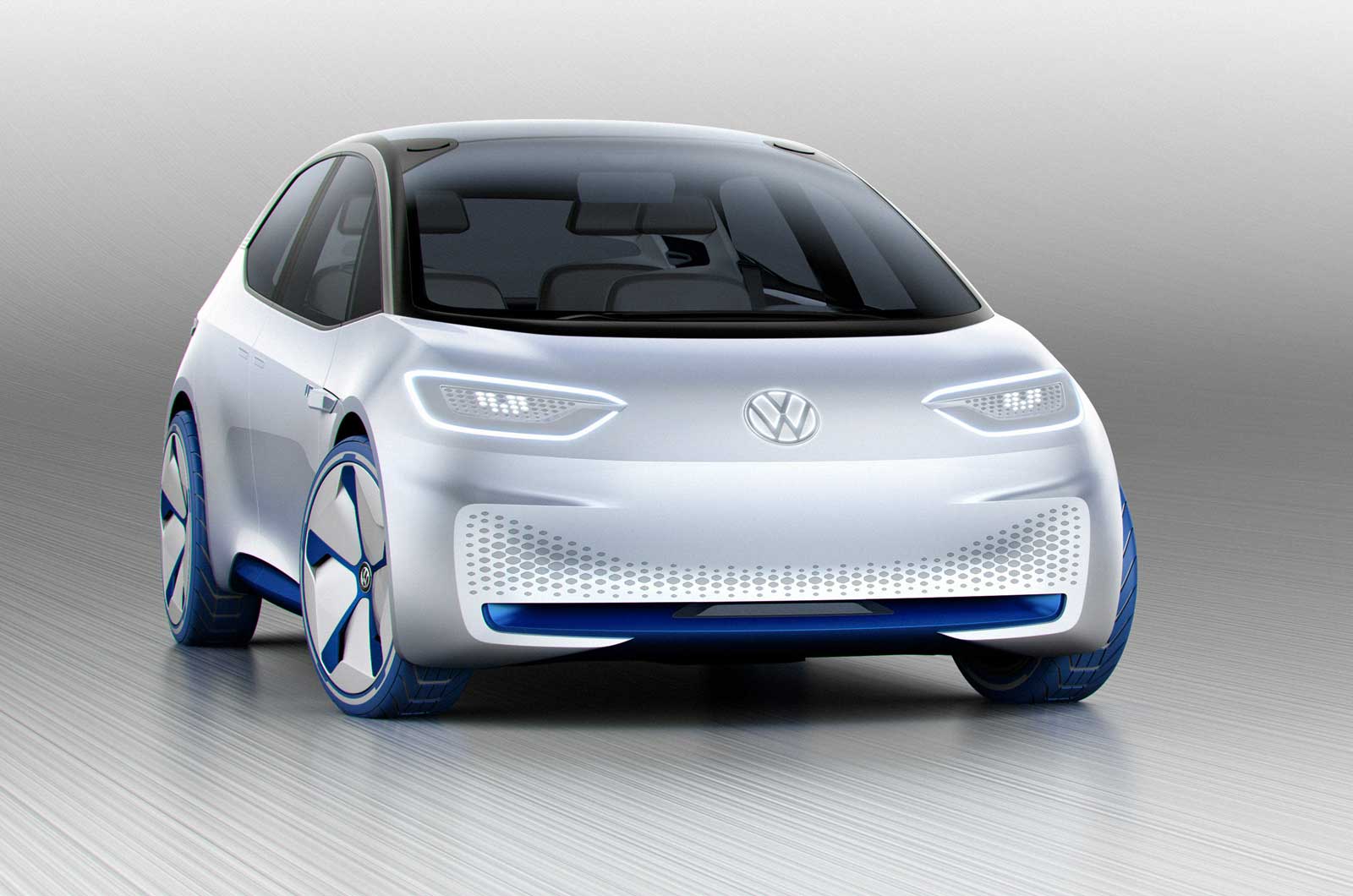

Join the debate
Add your comment
Rapid chargers (LEAF owners get by)
I do over 30k miles a year and not once would I have needed a rapid charger last year, or even a not so rapid charger. For the people who do I'd suggest they buy a different car, unless they have access to a ICE car in which case take that.
For 70% a 200 mile range will be fine as would paying £0.08 a Kw instead of 3 times that at a rapid charger
It's all about experience
I do 5,000 miles a year. Went for a single 'long' distance journey of 200 miles and came across four broken chargers while trying to find one (meanwhile running out of juice) and finally found one with a Corsa parked in it. A trickle charge would be no good - I wanted to get back home the same day.
Your experience is evidently different to mine. I gave my leased EV back five months early, and won't be buying another (despite the huge saving in running costs I made) until they sort out putting rapid chargers in EVERY service station.
Great...all we need now is a
Great...all we need now is a huge number of rapid-charge points. Oh...
Why is this news that’s it’s
Jimbbobw1977 wrote:
So you have an idea of the shape and size of the car.